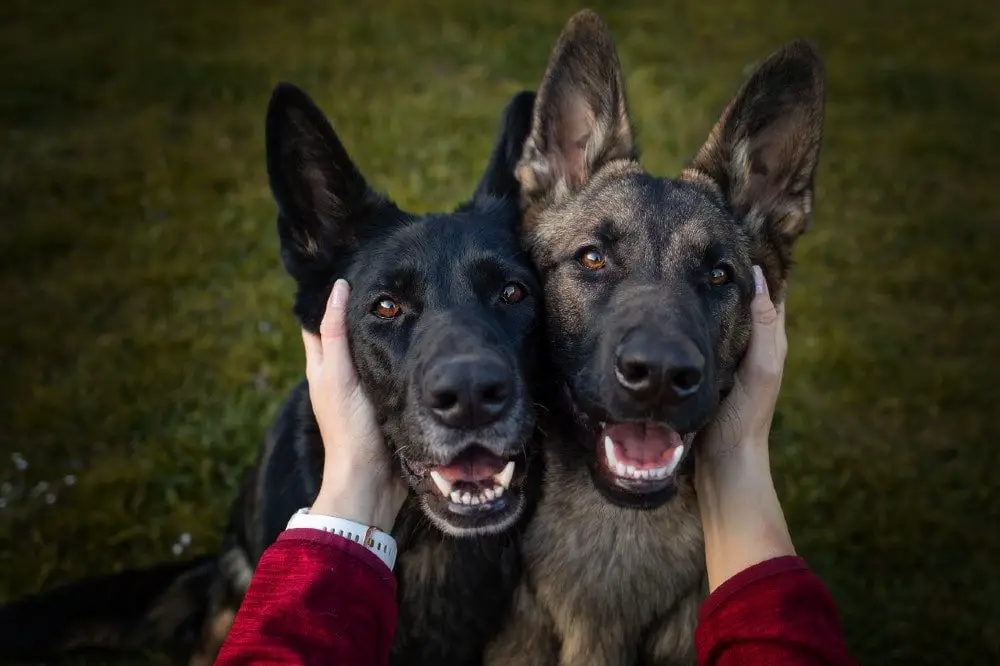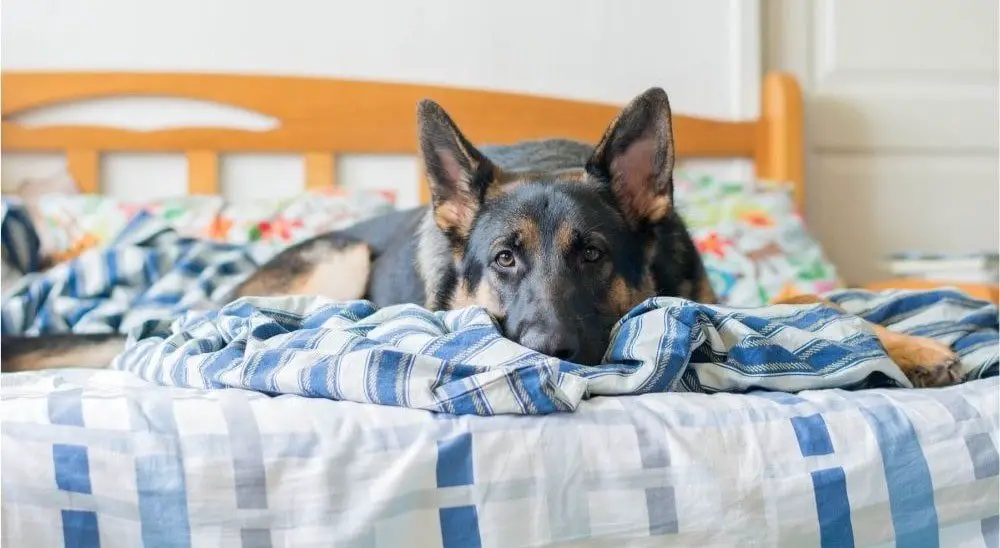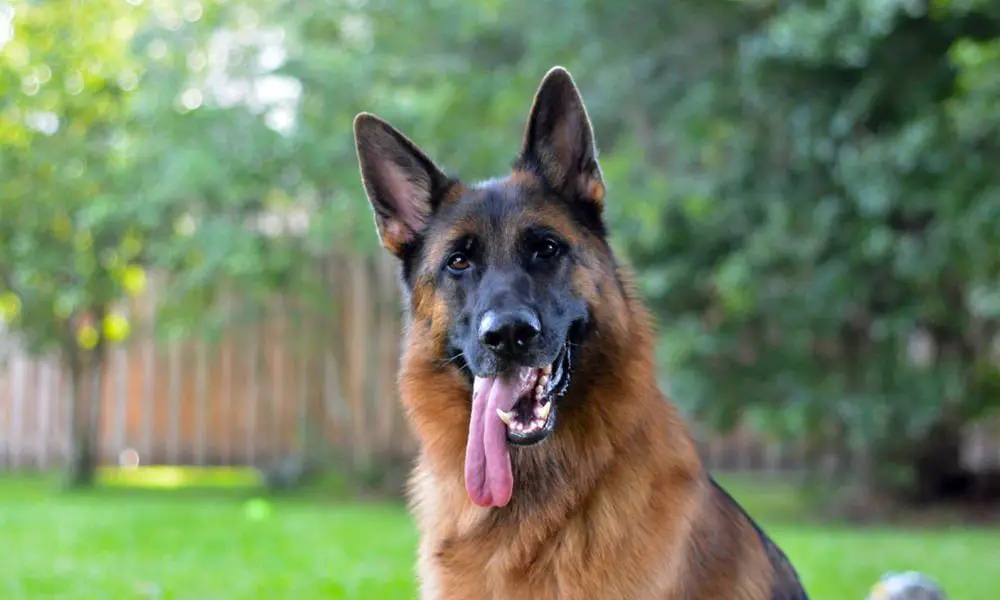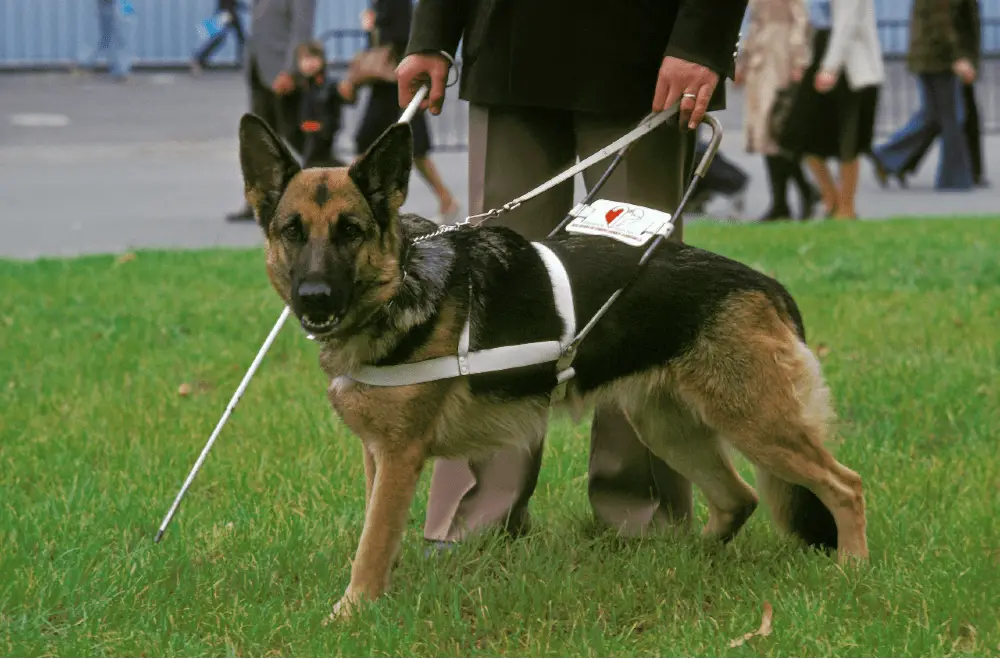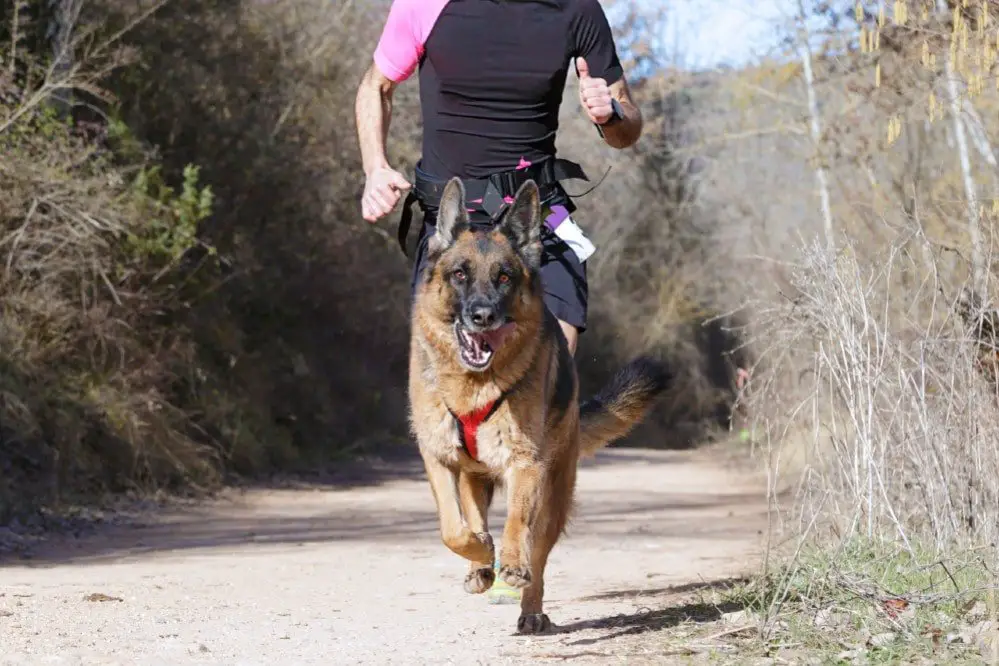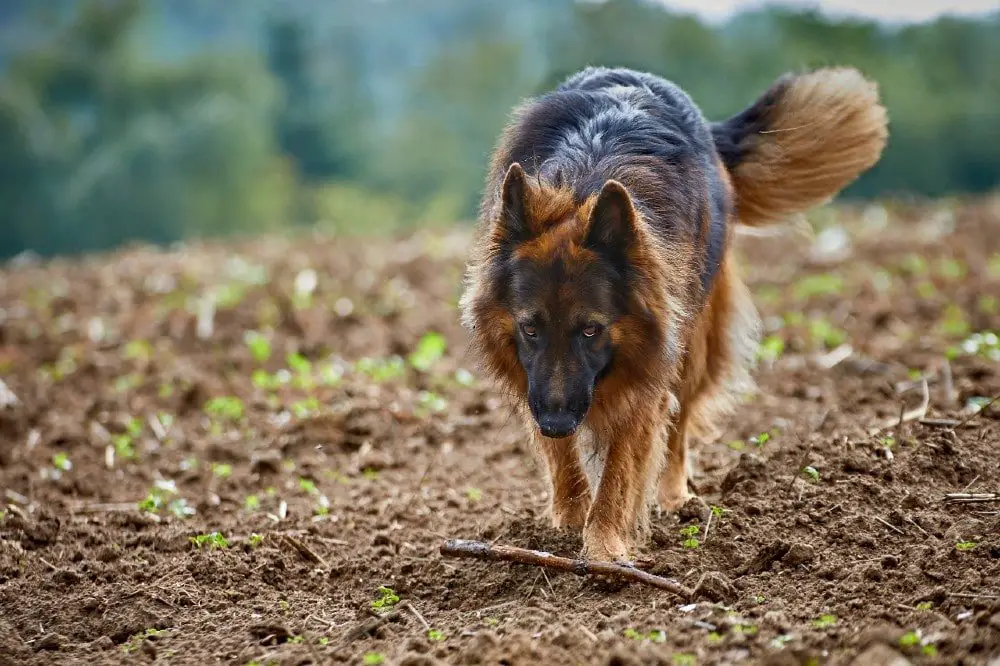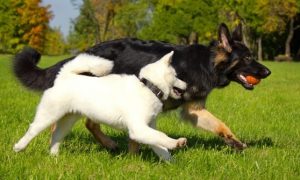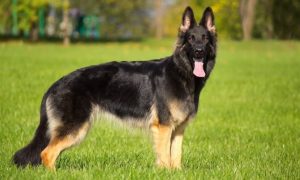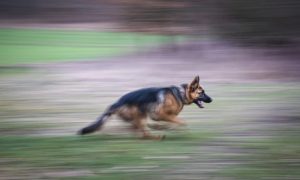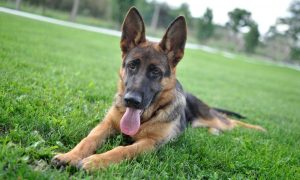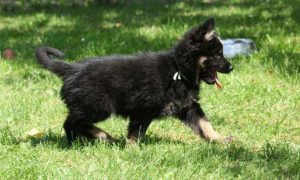Dogs, like people, have a variety of personalities that fall under many personality traits. A dog can have multiple personality characteristics, and one is usually more dominant over the others.
Understanding your dog’s personality will help you train and manage their behaviors and quirks more effectively. Trying to persuade a shy introvert to become the center of attention around strangers will be difficult, and pressuring your dog to do anything opposite to their personality will be even more challenging.
Recognizing a dog’s personality traits will help understand and respect how they see the world. Here are five different dog personality traits and how each impacts how you engage with and solve training or behavior issues.
1. The Shy Dog
Dogs, like humans, can be shy, timid, or anxious.
Forcing a shy dog into situations that make them uncomfortable may have the opposite effect of what you want: even though you’re attempting to expose your dog to the world, they may see your actions as forcing them to do really scary things, leading to resistance and mistrust.
Shy dogs may not cope well in noisy, chaotic surroundings and may become uncomfortable, anxious, or aggressive. Shy dogs respond well to lots of positive verbal praise, treats, and encouragement, as well as gradual introductions to new people, locations, or activities.
2. The Happy-Go-Lucky Dog
With a wagging tail, this is the stereotypical laidback and friendly dog who doesn’t hold grudges, doesn’t have a suspicious bone in its body, loves everyone, and would lead a burglar straight to the family jewels. They usually get along with everyone, including dogs, cats, and other animals.
Happy-go-lucky dogs tend to be overly excited about everything, including the prospect of a new best friend when meeting strangers.
Without proper discipline, exercise, and training, larger happy-go-lucky breeds like Labrador Retrievers and Golden Retrievers may jump in excitement and be dangerous to small children or the elderly, who are easily pushed over or knocked down.
Owners won’t be able to squash a happy-go-lucky dog’s excitement, but boundaries and expectations must be set and enforced, especially when interacting with people.
3. The Adaptable Dog
The adaptable dog is laid back and friendly like the happy-go-lucky dog. However, unlike the happy-go-lucky dog, the adaptable dog is eager to please its humans and will control their excitement in favor of positive rewards and attention from its owners.
Adaptable dogs are the easiest personality type to train and own because they want to please. They are friendly and sociable without being obnoxious and obey the commands and boundaries they’ve been taught.
The adaptable dog gets along with everyone they encounter, and their calm, easy-going disposition makes this personality type ideal for therapy or service work.
4. The Confident Dog
A confident, self-assured dog is at ease in its surroundings. A confident dog is a natural leader who can readily handle a situation but takes direction and works well with others.
A confident dog’s self-assurance will be reflected in its body language. Owners of confident dogs need to be aware they can be stubborn and may exhibit dominant traits.
The confident dog’s personality can have characteristics of the adaptable dog or the independent dog.
5. The Independent Dog
Some breeds, like working breeds, are bred to act and think independently instinctively. This personality type requires a strong leader who tends to bond with one person and will tolerate other family members but may not comply with their commands.
The independent dog is perfectly content being alone and can come across as stoic and snobbish. Forcing an independent personality type to be overly social could backfire and result in aggressive behavior.
The independent personality trait is challenging to train because they would rather do what they want versus being compliant and pleasing their owners, unlike the adaptable dog personality.
Like the confident dog, the independent dog can be stubborn. Owners must be firm and consistent on pack structure and who is in charge. Owners may need to experiment with training and positive motivation to find what works and inspires their independent dog.

